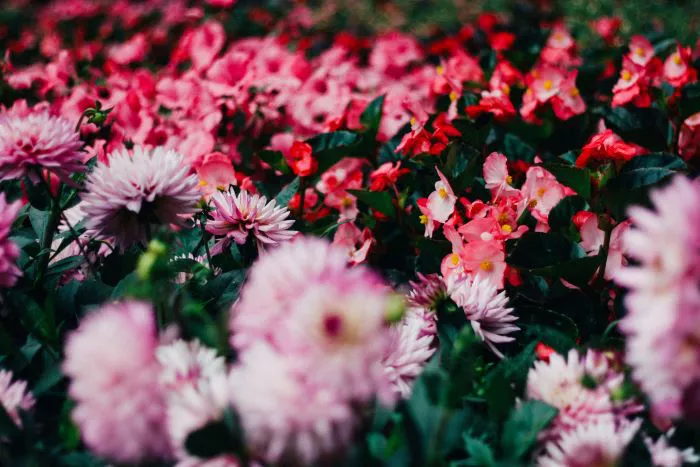Hydrangeas are beloved for their large, colorful blooms and lush foliage. Many gardeners appreciate the opportunity to propagate hydrangeas through cuttings, allowing them to expand their gardens or share these beautiful plants with others. A common question among gardeners is how long it takes for hydrangea cuttings to flower after they have been planted. This article will explore the process of propagating hydrangeas from cuttings, the factors influencing flowering time, and tips for successful growth.
Understanding Hydrangea Propagation
Hydrangeas can be propagated through several methods, including seeds, division, and cuttings. However, taking cuttings is one of the most popular and effective methods. This involves cutting a section of a healthy hydrangea stem and encouraging it to root and grow into a new plant.
There are different types of hydrangeas, including bigleaf (Hydrangea macrophylla), panicle (Hydrangea paniculata), and smooth (Hydrangea arborescens). Each type may have slightly different requirements for propagation and flowering.
Timing for Taking Cuttings
The best time to take hydrangea cuttings is during the growing season, typically in late spring to early summer. At this time, the stems are still soft and green, making them more likely to root successfully.
When taking cuttings, select healthy stems that are free from disease or pests. Cuttings should be around 4 to 6 inches long, with several leaves attached. It is advisable to remove the lower leaves to expose the nodes, which are critical for root development.
Rooting Process
Once you have taken the cuttings, they need to be placed in a suitable rooting medium. A mixture of perlite and peat moss or a commercial potting mix works well.
Place the cuttings in the medium, ensuring that at least one node is buried in the soil. Water the cuttings lightly and cover them with a plastic bag or a plastic dome to maintain humidity. This environment helps prevent moisture loss while the cuttings develop roots.
The rooting process can take anywhere from two to six weeks, depending on environmental conditions such as temperature and humidity. During this time, it is essential to keep the soil moist but not soggy.
Time to Flower After Rooting
After successful rooting, the next question is how long it takes for the new hydrangea plants to flower. Generally, hydrangeas grown from cuttings may take about one to two years to produce flowers.
Several factors influence this timeline. The type of hydrangea plays a significant role. For example, bigleaf hydrangeas may flower sooner than panicle hydrangeas. Additionally, the growing conditions, including light, soil quality, and water availability, will impact flowering time.
Factors Affecting Flowering Time
Plant Type: Different species and varieties of hydrangeas have varying growth rates and flowering times. Researching the specific type you are propagating can provide more accurate expectations.
Growing Conditions: Hydrangeas thrive in well-drained soil with plenty of organic matter. They prefer partial shade to full sun, depending on the variety. Ensuring optimal conditions can promote faster growth and earlier flowering.
Care and Maintenance: Regular watering, appropriate fertilization, and pest management are vital for healthy growth. Fertilizing with a balanced fertilizer in the spring can encourage blooming.
Pruning Practices: Some hydrangeas benefit from pruning, which can stimulate new growth and flowering. Understanding the specific pruning needs of your hydrangea type is essential for promoting blooms.
Encouraging Early Flowering
To encourage hydrangea cuttings to flower sooner, consider the following tips:
Provide Adequate Light: Ensure that the young plants receive enough light. A bright location with indirect sunlight is ideal. Too much direct sunlight can scorch the leaves, while too little can hinder growth.
Maintain Humidity: Young plants benefit from a humid environment. Use a humidity dome or mist the plants regularly to keep the air moist.
Use Rooting Hormone: Applying rooting hormone to the cut ends of the cuttings can enhance root development, leading to healthier plants that may flower more quickly.
Fertilize Appropriately: Once the plants are established, use a fertilizer formulated for flowering plants. This can promote healthy growth and encourage blooms.
Conclusion
In summary, hydrangea cuttings can take approximately one to two years to flower after rooting. The exact timing depends on various factors, including the type of hydrangea, growing conditions, and care practices. By understanding the propagation process and providing optimal care, gardeners can enjoy the beauty of hydrangeas in their gardens. With patience and proper attention, these stunning plants can thrive and produce the vibrant blooms that make them so cherished in landscapes and floral arrangements.


